On Monday, 12 September, India’s power minister warned that power demand in the country is increasing rapidly and “we have challenges ahead.” Anil Kakodkar, veteran nuclear energy scientist and former chairman of the Atomic Energy Commission, says that in the long term, India’s energy grid situation looks “scarier” than what Europe faces today. Simply because “our requirements are way bigger than anybody else’s” and we don’t quite have a long-term “integrated energy policy” as yet.

By any calculation, India will need to increase nuclear energy in its total energy mix – from just 2% of current installed capacity (approx 6,800 MW) to over 150,000 MW by 2050.
So what?
Globally, even the most unexpected quarters are warming up to nuclear energy – Japan, Germany, California and even several environmentalists. A few months ago, the Indian government said it would have nine nuclear reactors in operation by 2024. However, there have been several delays and challenges in implementation.
This has consequences not only from the standpoint of meeting energy needs but also from socio-economic indicators of development.
At least at lower levels, there is a direct correlation between per capita energy use and the Human Development Index (HDI). A steep rise in energy availability has a similar impact in HDI. India will have to enhance its energy availability by a factor of at least four-five to reach an HDI level that is comparable to advanced countries. Overall, if India is to meet its development and decarbonisation goals, it needs to be producing hundreds of gigawatts of nuclear energy.



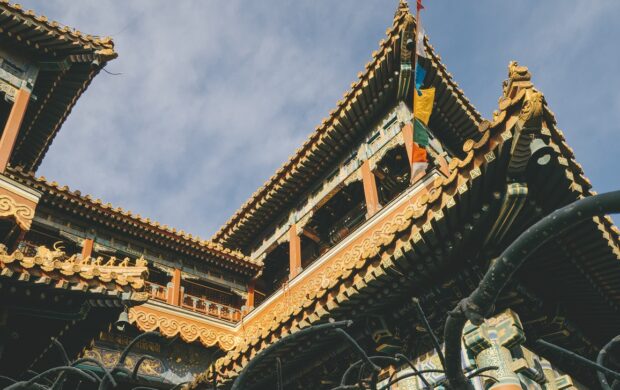
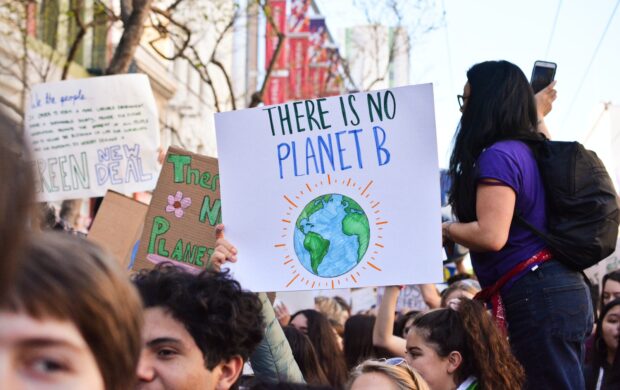

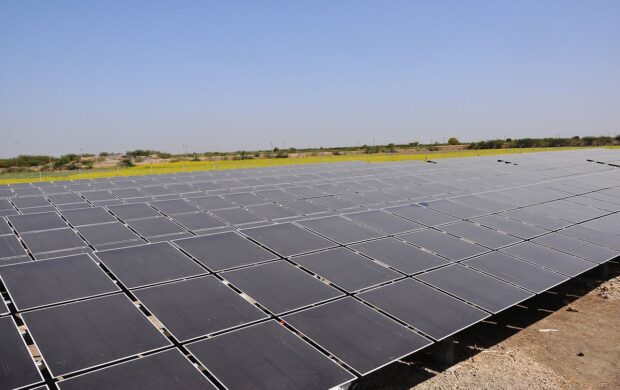
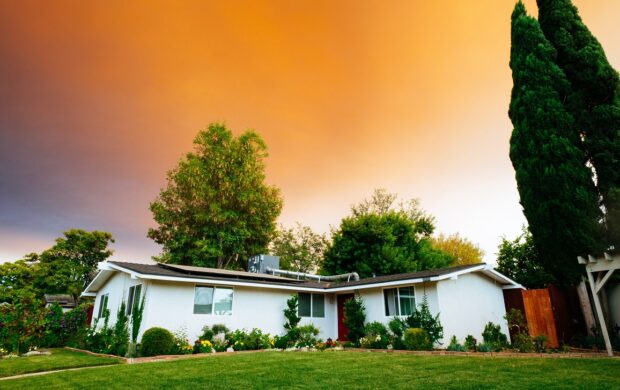
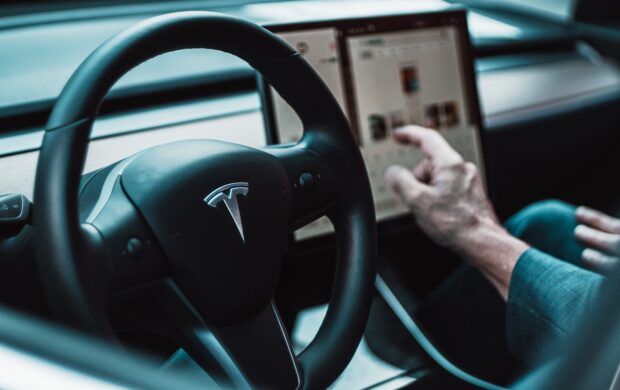

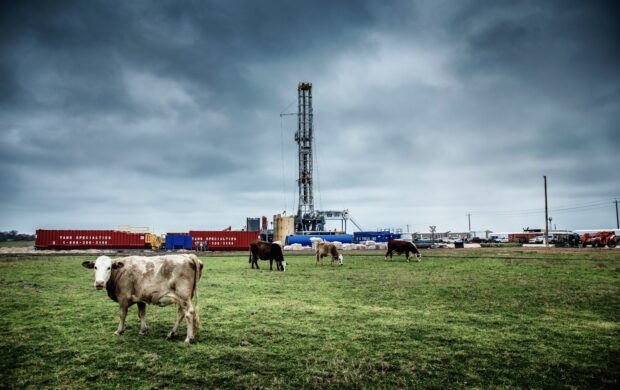
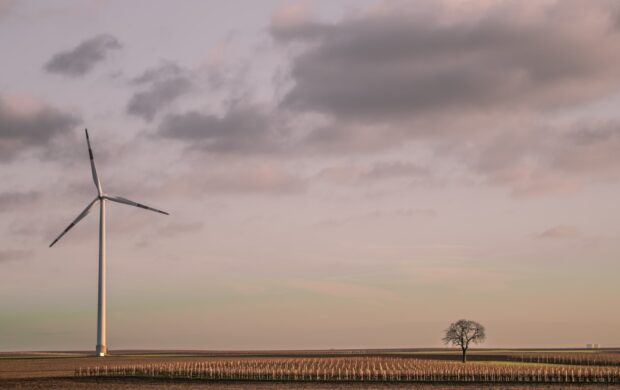
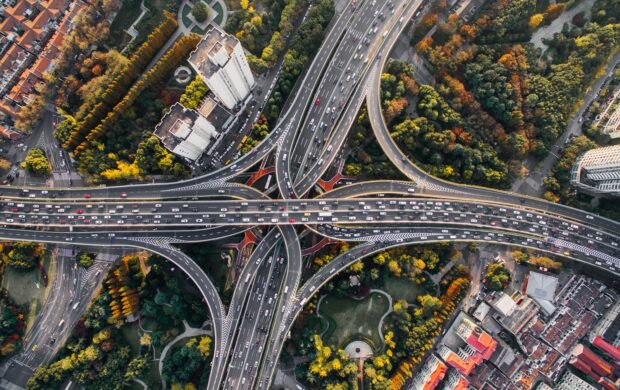

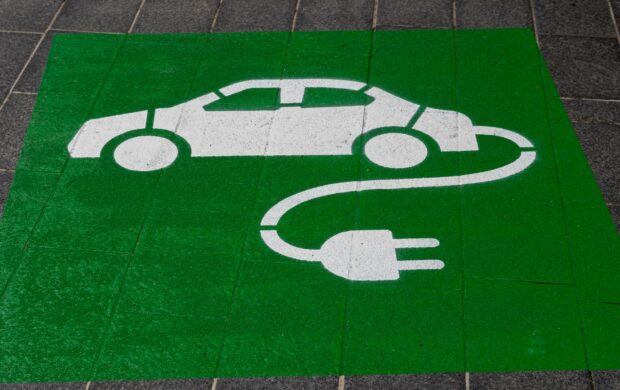

Join discussion